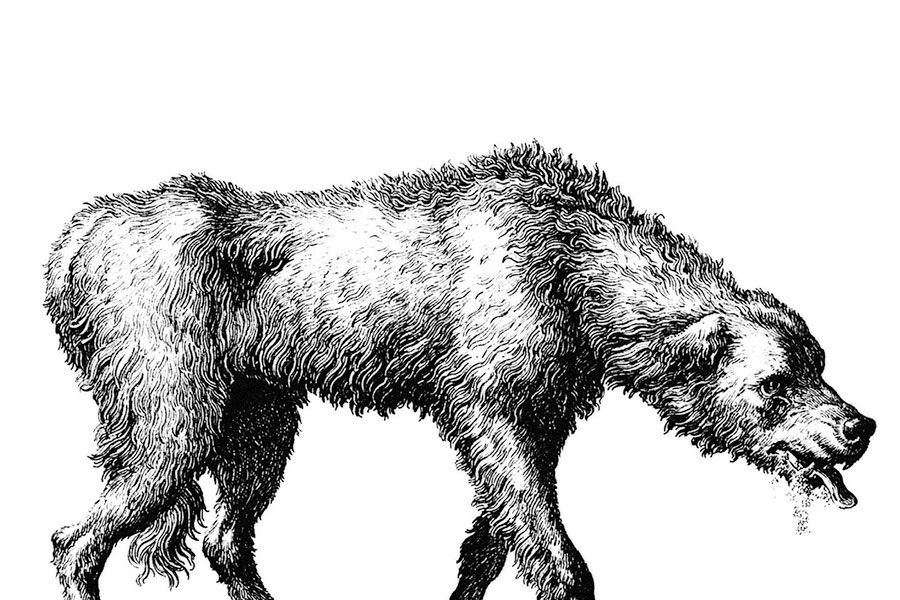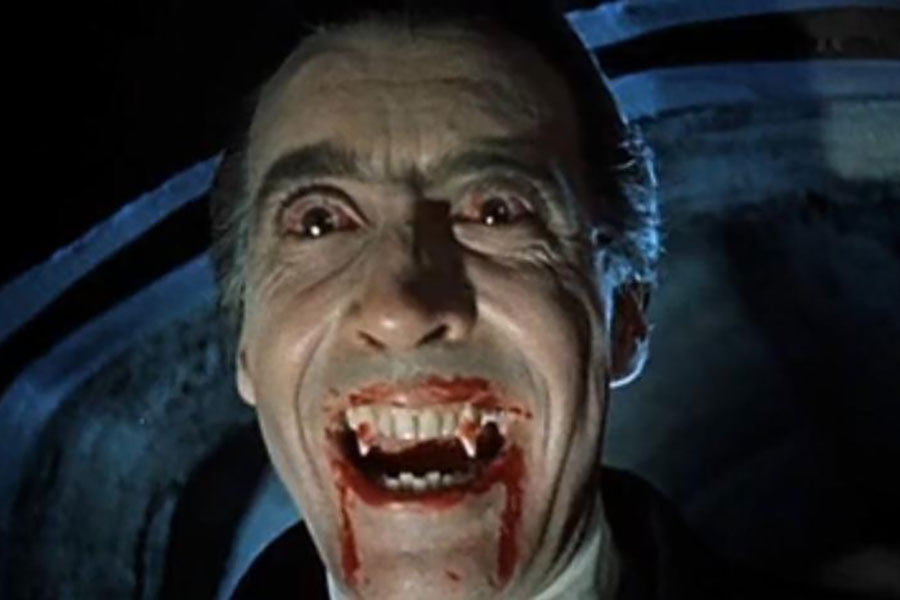By Bill Wasik and Monica Murphy
The full subtitle of this book neatly encapsulates its theme and tone: A Cultural History of the World’s Most Diabolical Virus. Note that it identifies itself not as a general or scientific history, but as a “cultural” one. This is an accurate descriptive; for truly, few diseases known to humanity have branded themselves into our collective psyche and culture so widely, so deeply, and for so long; and as something not merely organically deadly but infernally so, and thus profoundly to be feared. (The few others that even come close include leprosy and polio.)
Though shelved in the non-fiction area of your library or bookstore, Rabid spins a series of tales and observations that could have come from the fictional horror story pen of Stephen King. It is at once fascinating and terrifying. The authors, a husband-and-wife team, are eminently qualified to write such a book. Wasik is a magazine editor who writes about science and technology; while Murphy is a veterinarian with a degree in public health. Together they have put together the definitive “biography” of the rabies pathogen. Continue reading “Book Review: Rabid—A Cultural History“








